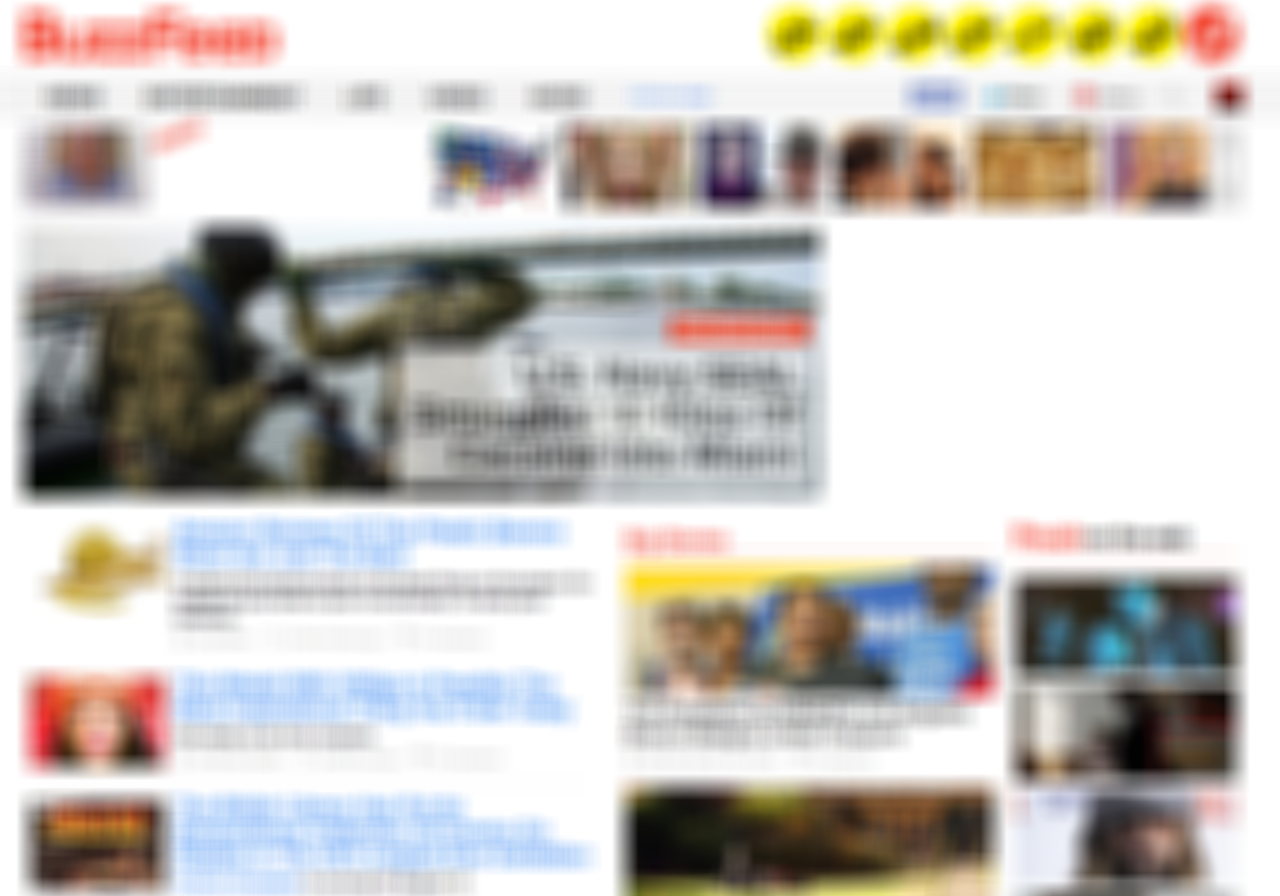7 Ways To Write Clickbait That You’ve Probably Never Imagined
Journalism is dying. It had a good run, with all of its investigative reports and occasionally pretentious reporters, but now it’s time to step aside for the new, obviously more sophisticated writing form that’s taking over the internet: clickbait.

1. Question the intelligence of readers in your title.
Everyone knows the fastest way to get someone’s attention online is to challenge their ego with statements like “10 Things About Selena Gomez You Definitely Didn’t Know” or “The End of This Video Will Change the Way You Think About Life” or really anything that even suggests the reader is not an all-knowing God living among us regular people. Targeting the readers’ happiness is another winning method and can be especially productive when combined with themes like love and family. Pictures of people smiling on a sunny day are also quite helpful, if Shutterstock has any that haven’t been used. (But it’s okay if they don’t. No one will notice and if they do, they won’t care because, hey, that headline thinks I don’t know what the secret to long-lasting friendship is so I need to go investigate.)
2. Defend an unpopular opinion.
Whether it be a mild subject, like “Thin Mints are not the best Girl Scout cookie,” or something more bombastic, like “George Clooney is not attractive,” contentious opinions are a must when it comes to creating clickbait. The key is to play Devil’s Advocate, but play it well enough to convince everyone reading that your defense of baby killers is unequivocally genuine. I mean, the Devil should be second-guessing whether you initiated some sort of Freaky Friday body switch. The more over-the-top your argument is, the more likely you are to get millions of views, so the choice seems pretty clear.
3. Set your featured photo to something unthreatening or unabashedly offensive.
Nobody clicks on an article that has a stock photo of a smiling business woman in front of a building, because that’s not enough to stir the passions of internet readers. Either you target the heart by posting a picture of a kitten leaping through a field of tulips or you target the mind by displaying a lab technician smiling at the camera while he kills a fetus or a soldier throwing a puppy off a cliff. Nobody wants to know what happened to the business woman. Everyone wants to know what happened to the puppy and the doctor.
4. Put it in a list format.
America runs on listicles and Dunkin Donuts, but those are two completely separate issues. Listicles, or list-articles, have spawned a new generation of writers who know exactly how to describe the “10 best ways to get over a breakup” or “5 tips to help improve your Facebook etiquette.” Numbers break up the larges swathes of text that dull the mind, so it’s the perfect way to get readers to fully absorb your advice on how to become Jennifer Lawrence IRL.
5. Focus on millennials, virginity, or introverts.
If you’ve already decided to write about why homophobic labels are progressive, fine. I’m not going to stop you because according to the above criteria, that seems like a fine clickbait topic, but if possible, I’d also try to slip something in about the struggles of an introvert, the wrongful attack on millennials by the media, or the significance of virginity. All of these subjects add a more personal touch to your writing and make you appear more human. (Though if you’re writing about the pros of homophobia, sounding human was probably not on your agenda to begin with.)
6. Include GIFs, and lots of them.
There’s no article that can’t be improved by a GIF. Who cares if it’s not applicable? A piece on the newest political scandal can only gain from a two-second Mean Girls clip (a rule that applies to subjects beyond political scandals, in fact). The use of GIFs allows readers to utilize their knowledge of popular culture and feel more connected to the writing. For more serious visitors, it provides another opportunity to bash the content of the work and its implementation of mindless internet trends.
7. Look to Buzzfeed for guidance.
The Holy Grail of clickbait, Buzzfeed has the answers to almost any question one might need to know, like “How do I maximize readership in older adults?” or “What kitchen utensil am I?” A good clickbait writer channels Buzzfeed at all times, or else risk gathering less than a million readers. The pressure’s on. ![]()




